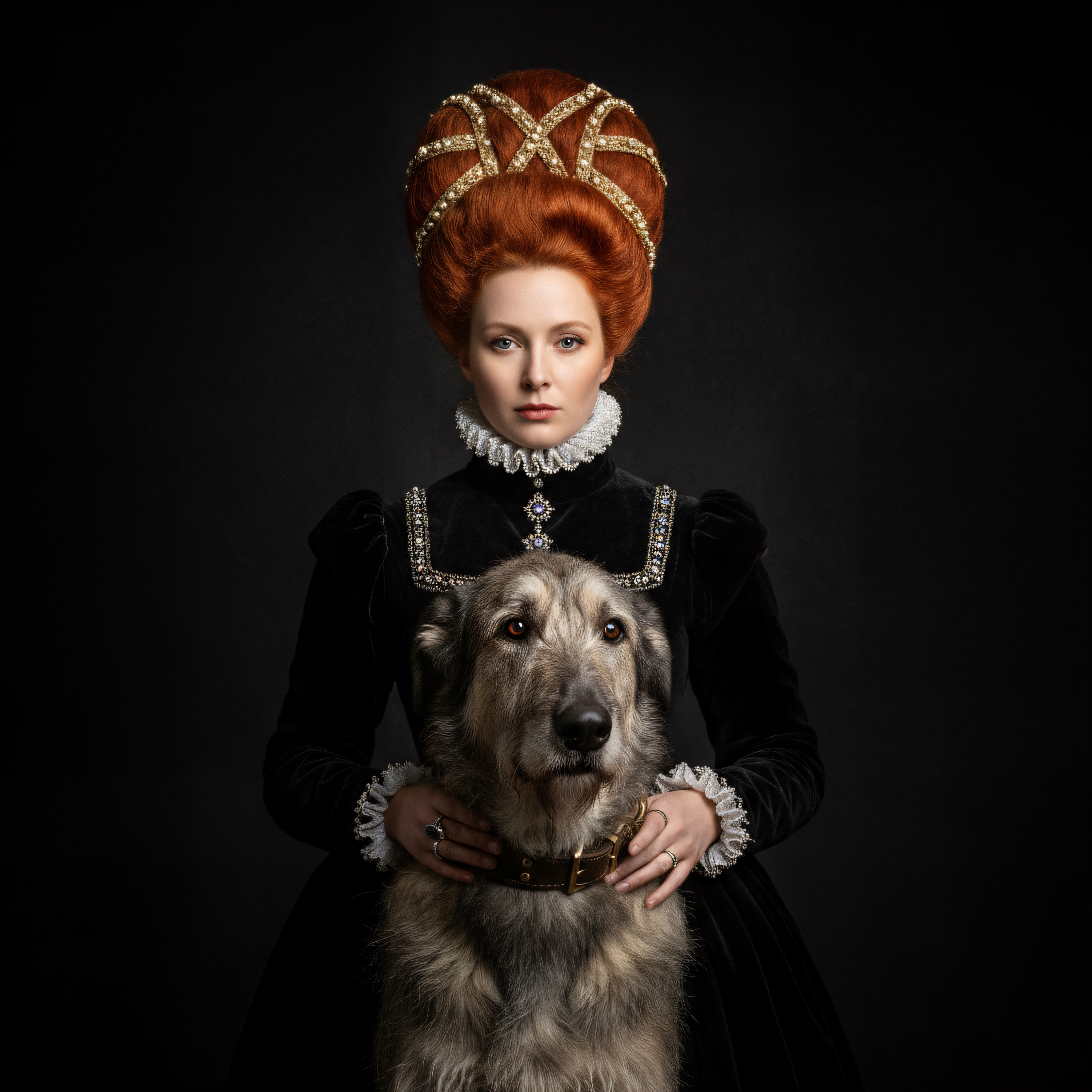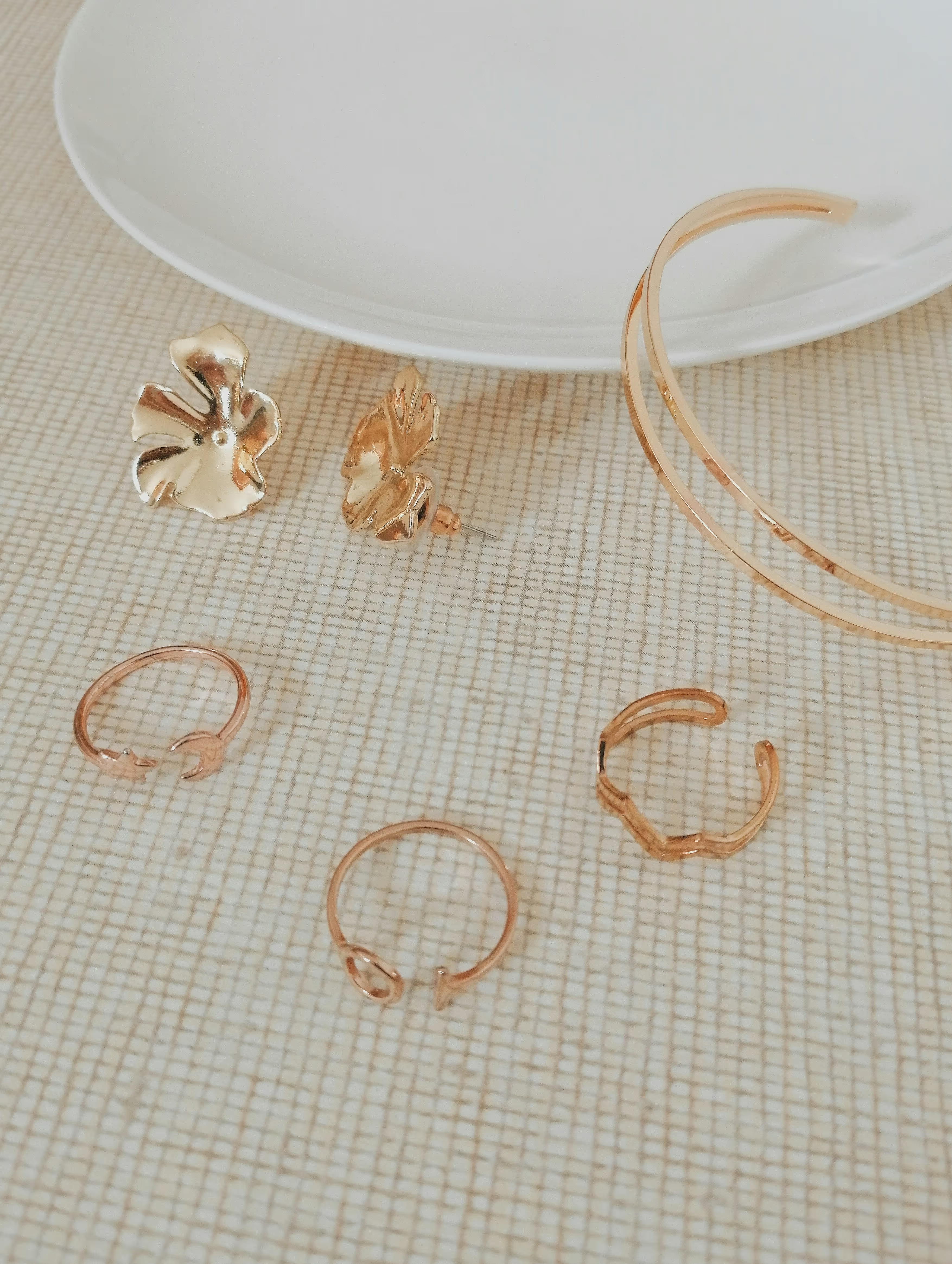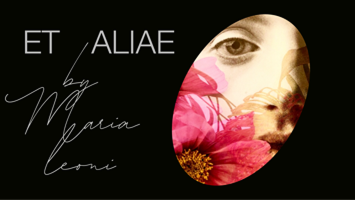Fragments of Reality: The Story of Collage

How a Century-Old Art Form Continues to Evolve in the Digital Age
The birth of modern collage marked one of the most radical shifts in artistic expression of the 20th century. What began as an experiment on canvas became a language one that continues to redefine how we see and assemble reality.
The Beginning of Collage
In the early 1900s, two artists, Georges Braque and Pablo Picasso began gluing ordinary materials like newspaper clippings and oilcloth onto their paintings. This act, deceptively simple, was revolutionary. By incorporating fragments of real life into their work, they blurred the boundaries between art and object, illusion and truth. The term collage itself comes from the French word coller, meaning “to glue.”
Their Cubist collages weren’t just aesthetic experiments; they were statements challenges to logic, perception, and tradition. They forced the viewer to question what “reality” looked like and whether art could, or should, imitate it.
Purpose and Provocation
The purpose of early collage was to disrupt to dismantle familiar forms and reassemble them in ways that defied reason. By layering textures, typography, and found materials, Cubists introduced a visual language of juxtaposition a dialogue between chaos and structure.
It was art that didn’t pretend to be perfect. It was art that exposed its own process.
Collage Across Movements
As the movement spread, Dadaists embraced collage as an act of rebellion, mocking politics, war, and societal absurdities. Surrealists used collage to explore the unconscious, layering dreams with fragments of waking life. And later, Pop Artists such as Richard Hamilton and Eduardo Paolozzi transformed collage into a commentary on consumerism, mass media, and identity.
Each era used collage to reflect its cultural anxieties a mirror, fractured but honest.
The Rise of Photomontage
Parallel to traditional collage came the photomontage, where photographic elements were cut, arranged, and reassembled to create entirely new meanings. Emerging in the early 20th century, it became a political and poetic tool a way to rewrite narratives through visual manipulation long before Photoshop ever existed.
Artists like Hannah Höch and John Heartfield pioneered this form, using photography to subvert propaganda and explore themes of gender, society, and truth.
Contemporary Collage and the Digital Shift
Fast-forward to today, and collage has entered an entirely new dimension the digital age. No longer confined to paper and glue, artists now layer pixels instead of paper, seamlessly blending analog texture with digital precision. The essence remains the same: combining disparate fragments to create unity through contrast.
Modern mixed-media collages often merge traditional and digital elements. Think acrylic paint intertwined with digital cutouts, photographic overlays fused with porcelain fragments, or layered textures merging into glowing, surreal dreamscapes.
It’s this fusion this meeting of tactile and virtual that keeps collage alive, endlessly adaptable, and deeply human.
Why Collage Endures
Perhaps the reason collage continues to captivate is because it reflects the way we live today fragmented, connected, and constantly reconstructing meaning from the chaos of images, sounds, and ideas around us.
To create collage is to make sense of that chaos. To assemble beauty from fragments. To embrace imperfection and reinterpret the world, one piece at a time.

.jpg)

Take A glance . . .







